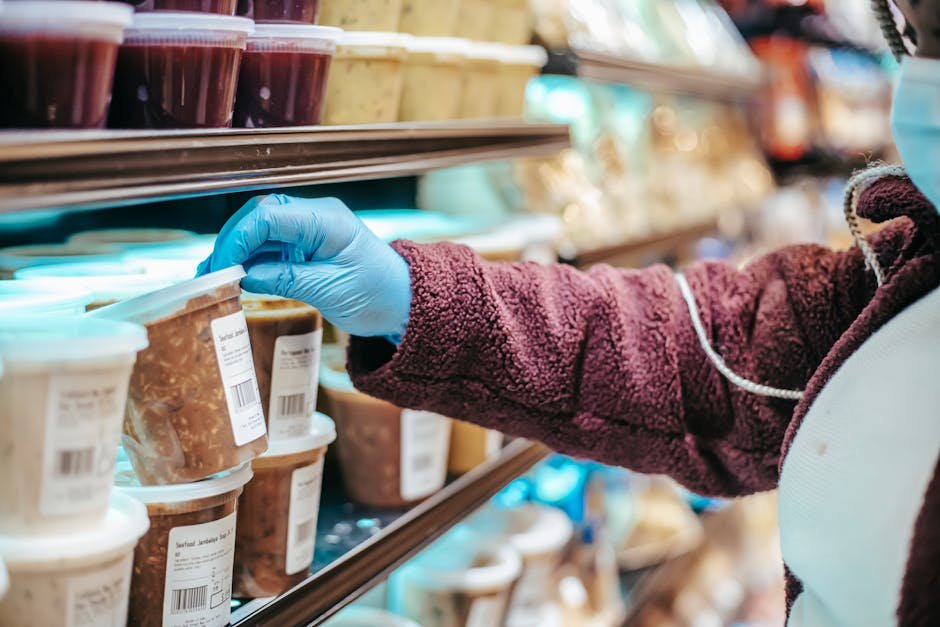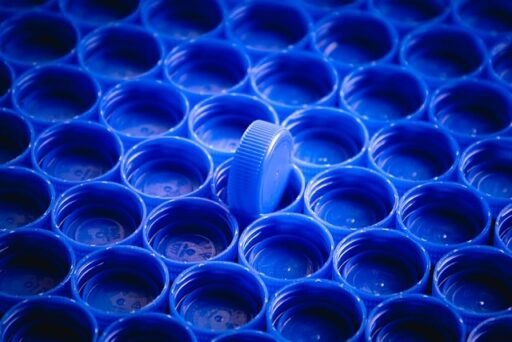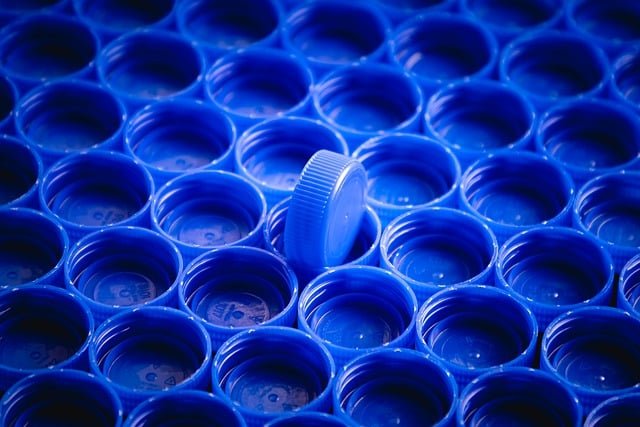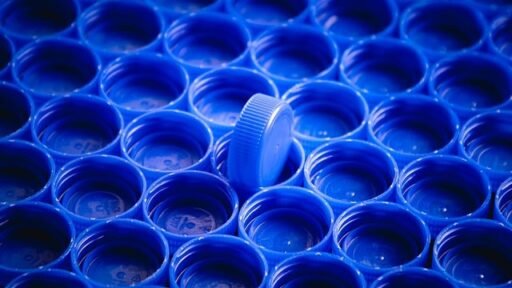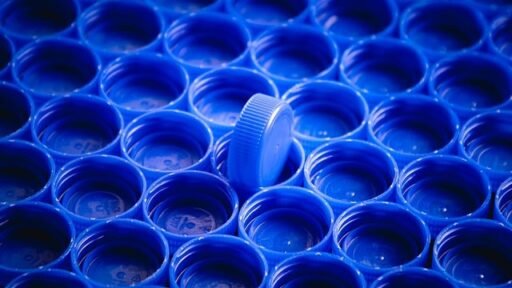## Choosing the Right Plastic for Your Product: A Millennial’s Guide
You’ve got a brilliant product idea – congratulations! You’re envisioning its sleek design, its functionality, and the positive impact it’ll have on the world. But before you jump into mass production, there’s a crucial decision to make: **what type of plastic will you use?**
This might seem like a minor detail, but choosing the right plastic can make or break your product. It impacts everything from durability and functionality to cost and sustainability.
This guide will equip you with the knowledge to confidently navigate the world of plastics and make the best choice for your product.
### ## Understanding the Basics: Types of Plastics
Not all plastics are created equal. Each type possesses unique properties that make it suitable for specific applications. Let’s break down some of the most common options:
**1. Polyethylene Terephthalate (PET or PETE):** You know those ubiquitous water bottles and food containers? They’re often made from PET. This plastic is prized for its clarity, strength, and ability to act as a barrier against moisture and oxygen.
**2. High-Density Polyethylene (HDPE):** From milk jugs to shampoo bottles, HDPE is a workhorse in the packaging industry. It’s known for its impact resistance, versatility, and ability to be recycled multiple times.
**3. Polyvinyl Chloride (PVC):** PVC is a rigid and durable plastic often used in construction applications like pipes and flooring. It’s also found in products like credit cards and medical tubing due to its versatility and resistance to chemicals.
**4. Low-Density Polyethylene (LDPE):** Think of the flexible plastic used for bread bags and squeezable bottles – that’s LDPE. It’s valued for its flexibility, transparency, and resistance to moisture.
**5. Polypropylene (PP):** From yogurt containers to bottle caps, PP is a versatile plastic known for its strength, heat resistance, and ability to act as a barrier against moisture and chemicals.
**6. Polystyrene (PS):** Often recognized in its foam form (Styrofoam), PS is also used to make disposable cups, plates, and packaging peanuts. It’s lightweight, insulating, and inexpensive to produce.
**7. Other Plastics:** Beyond these common types, a world of specialized plastics exists, each with unique properties. These include polycarbonate (PC) for its strength and transparency, acrylic (PMMA) for its optical clarity, and nylon for its durability and resistance to abrasion.
### ## Factors to Consider When Choosing a Plastic
Now that you have a basic understanding of different plastic types, let’s delve into the key factors to consider when making your selection:
### ### 1. Product Functionality and Design
**
